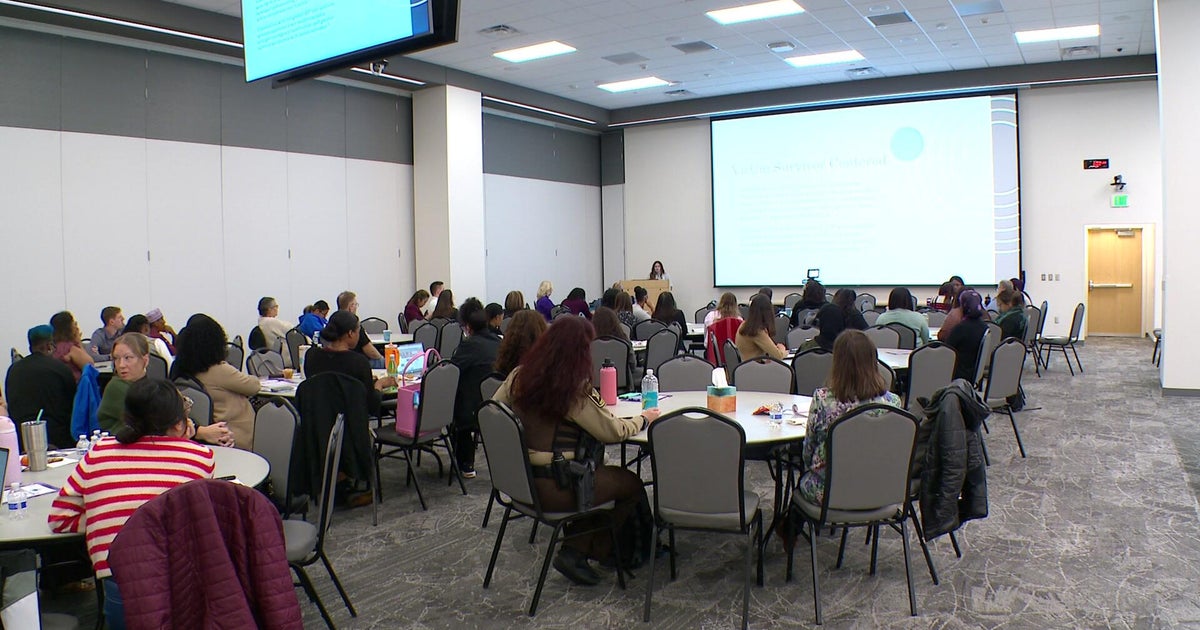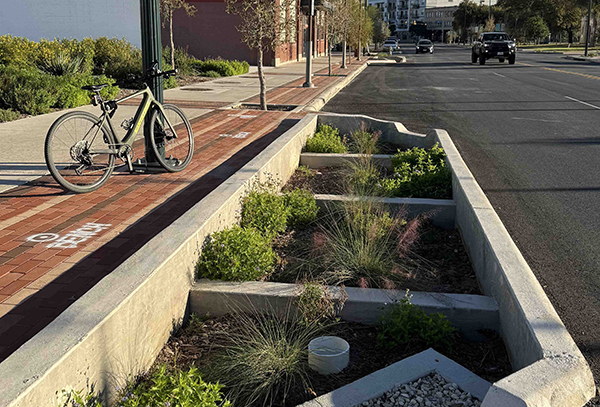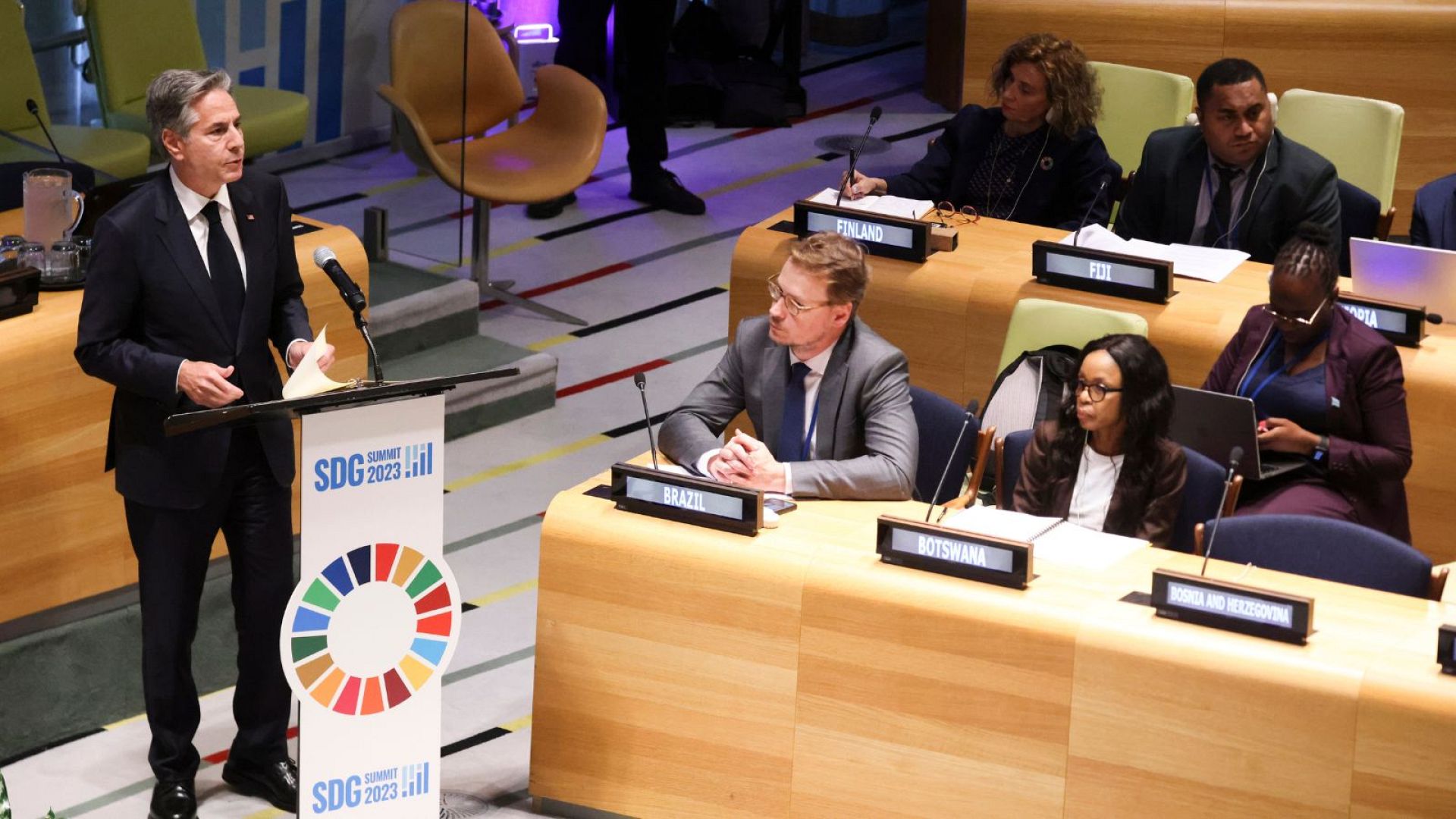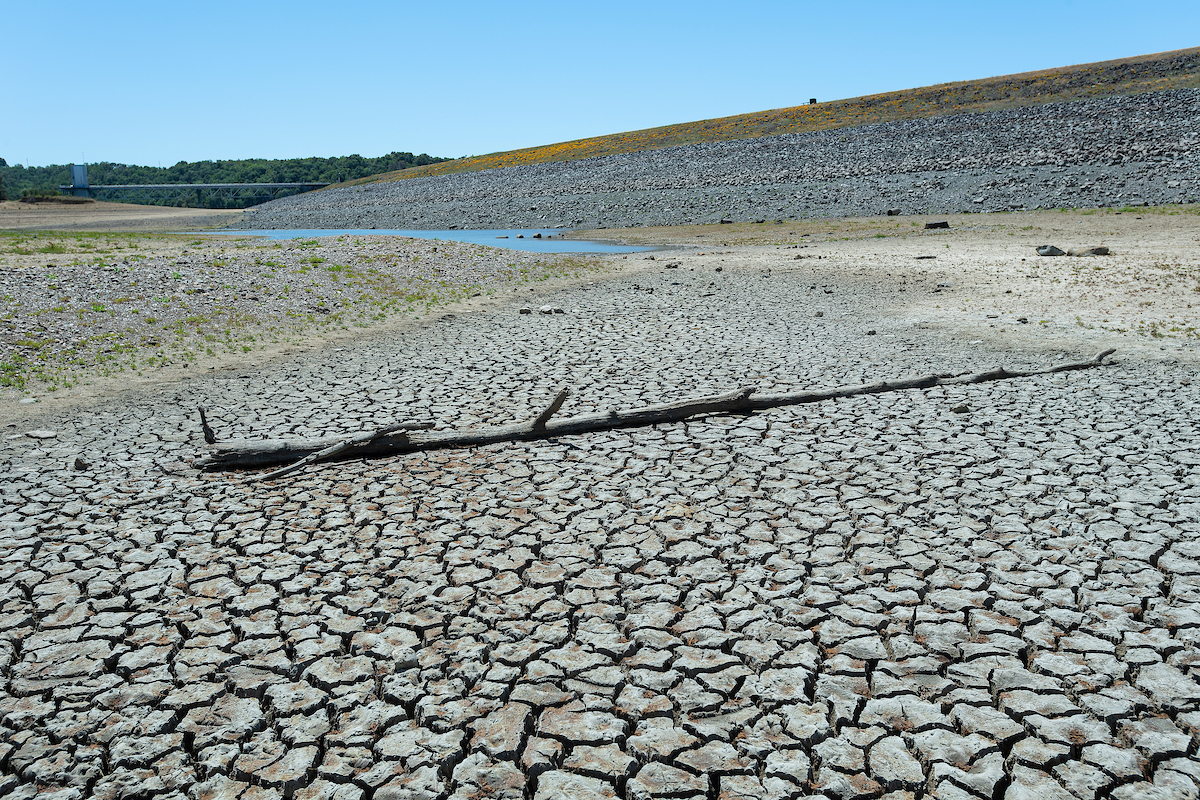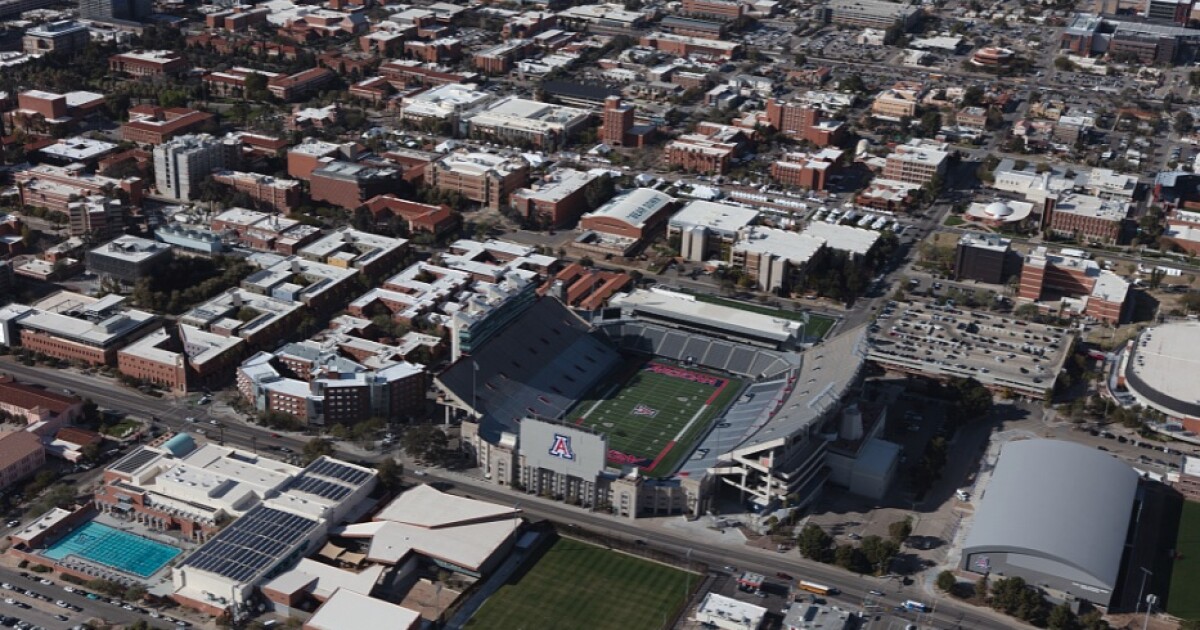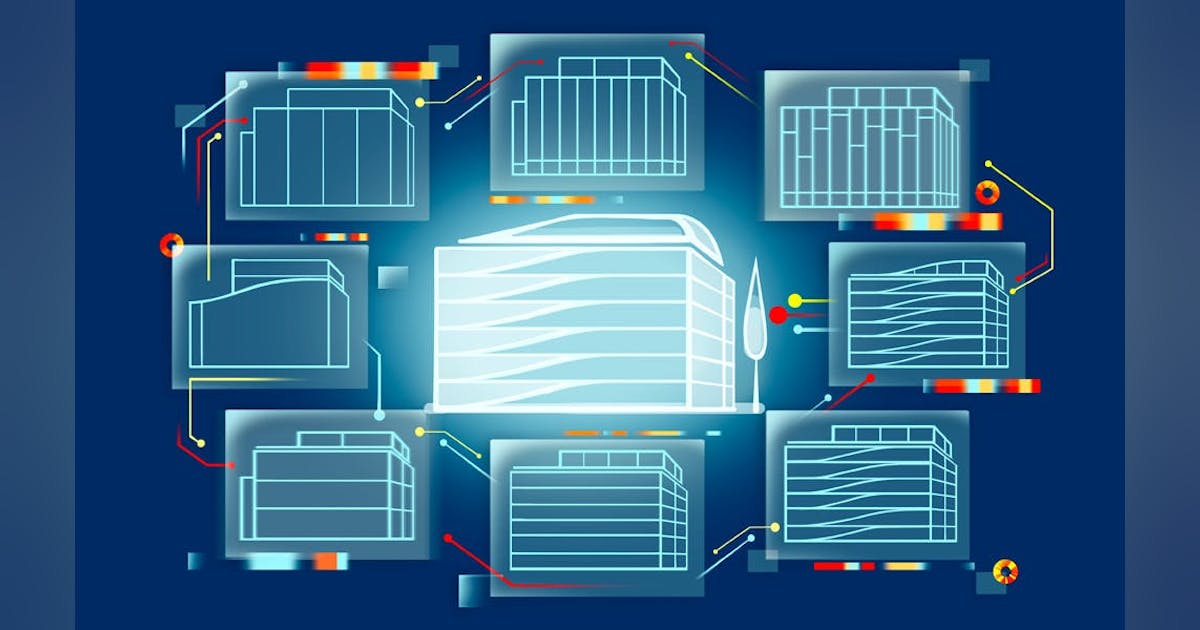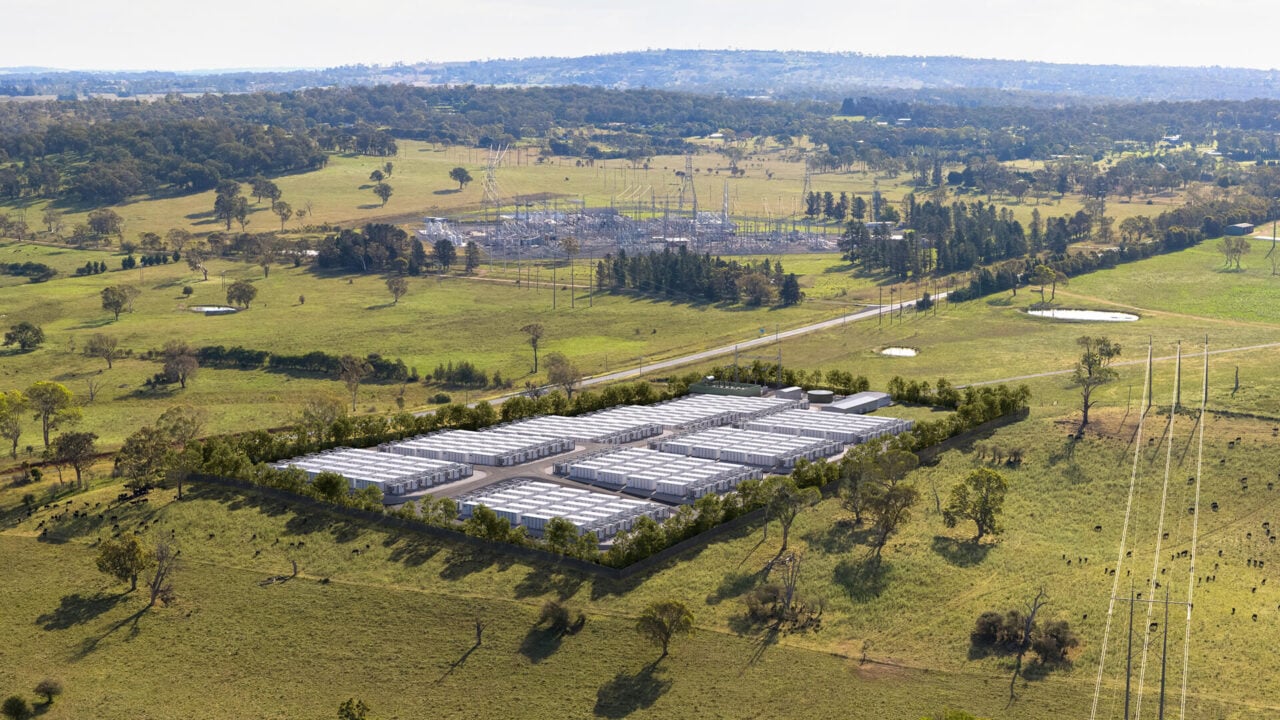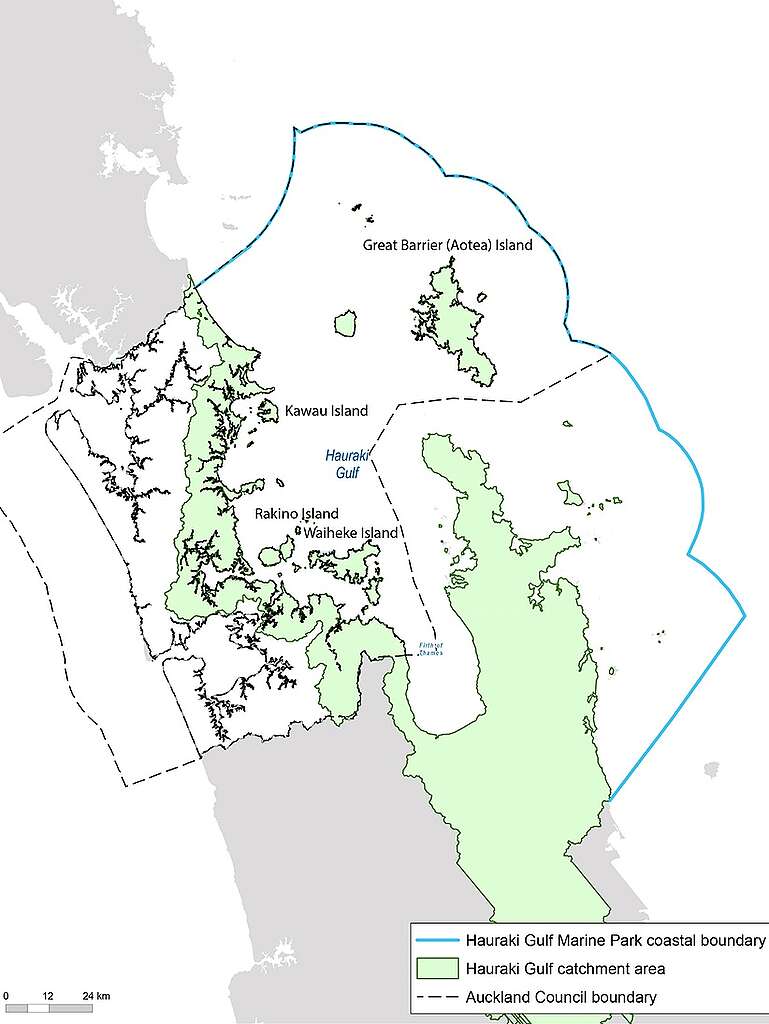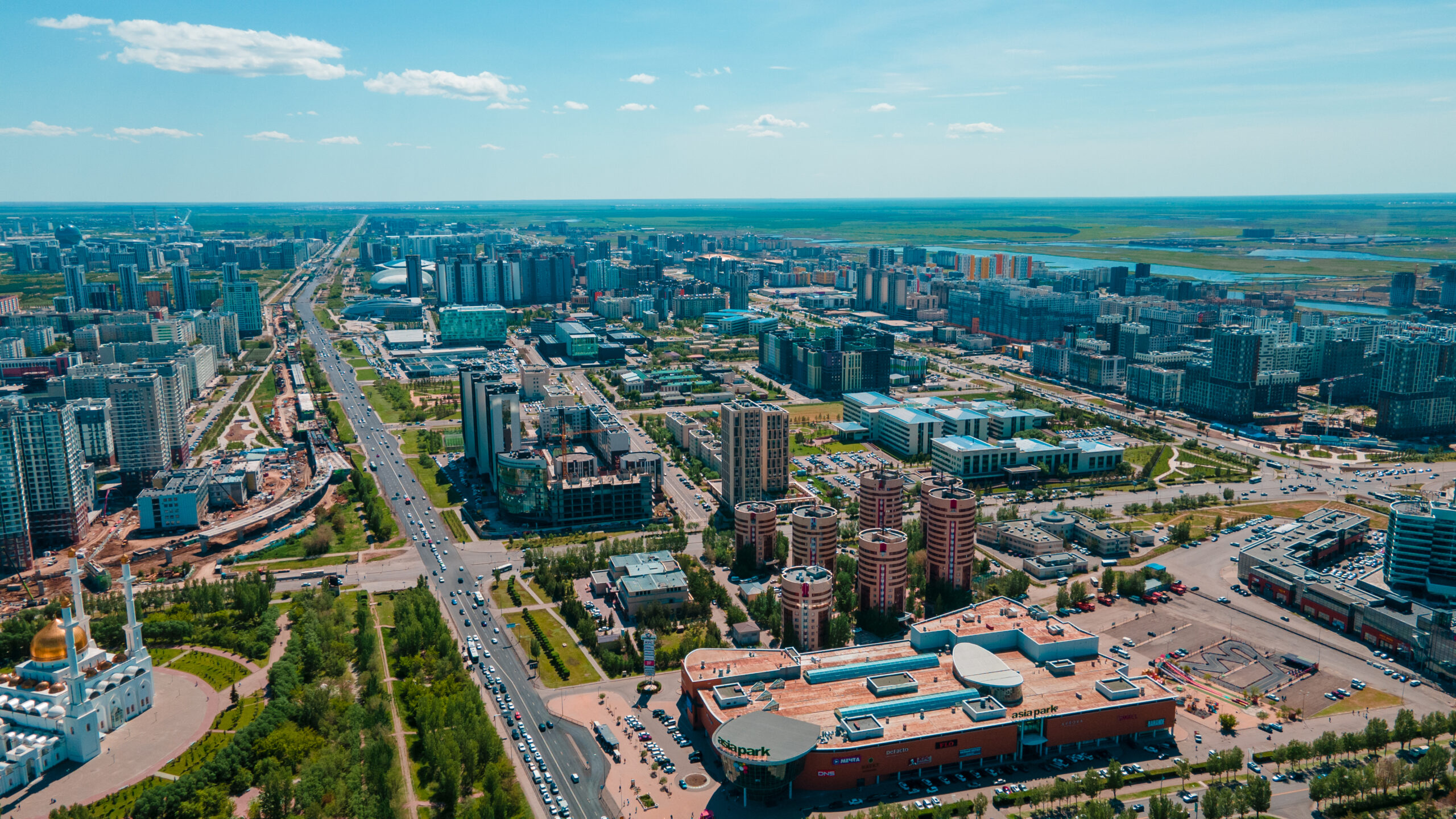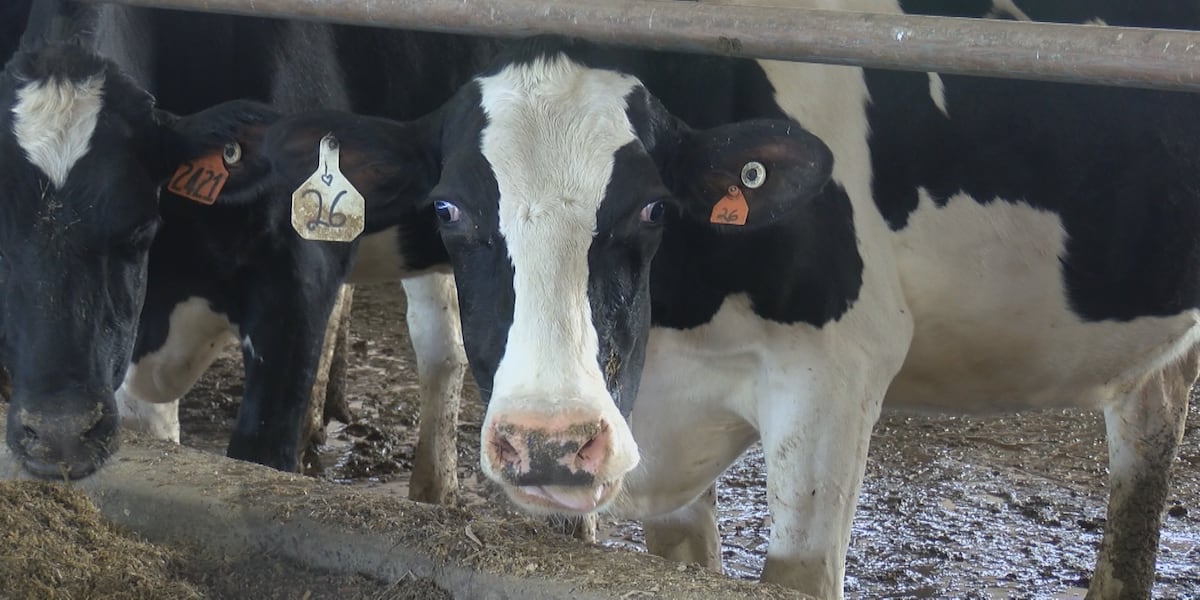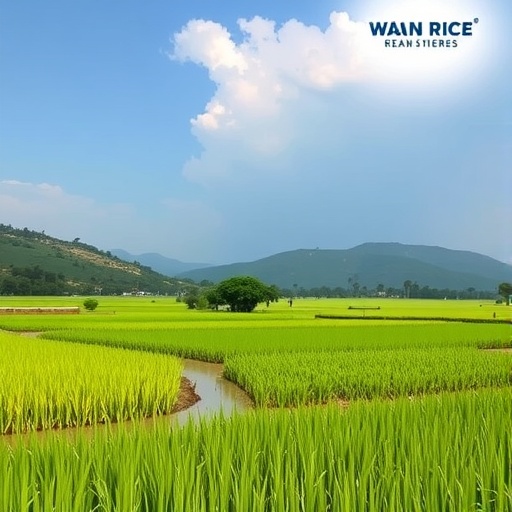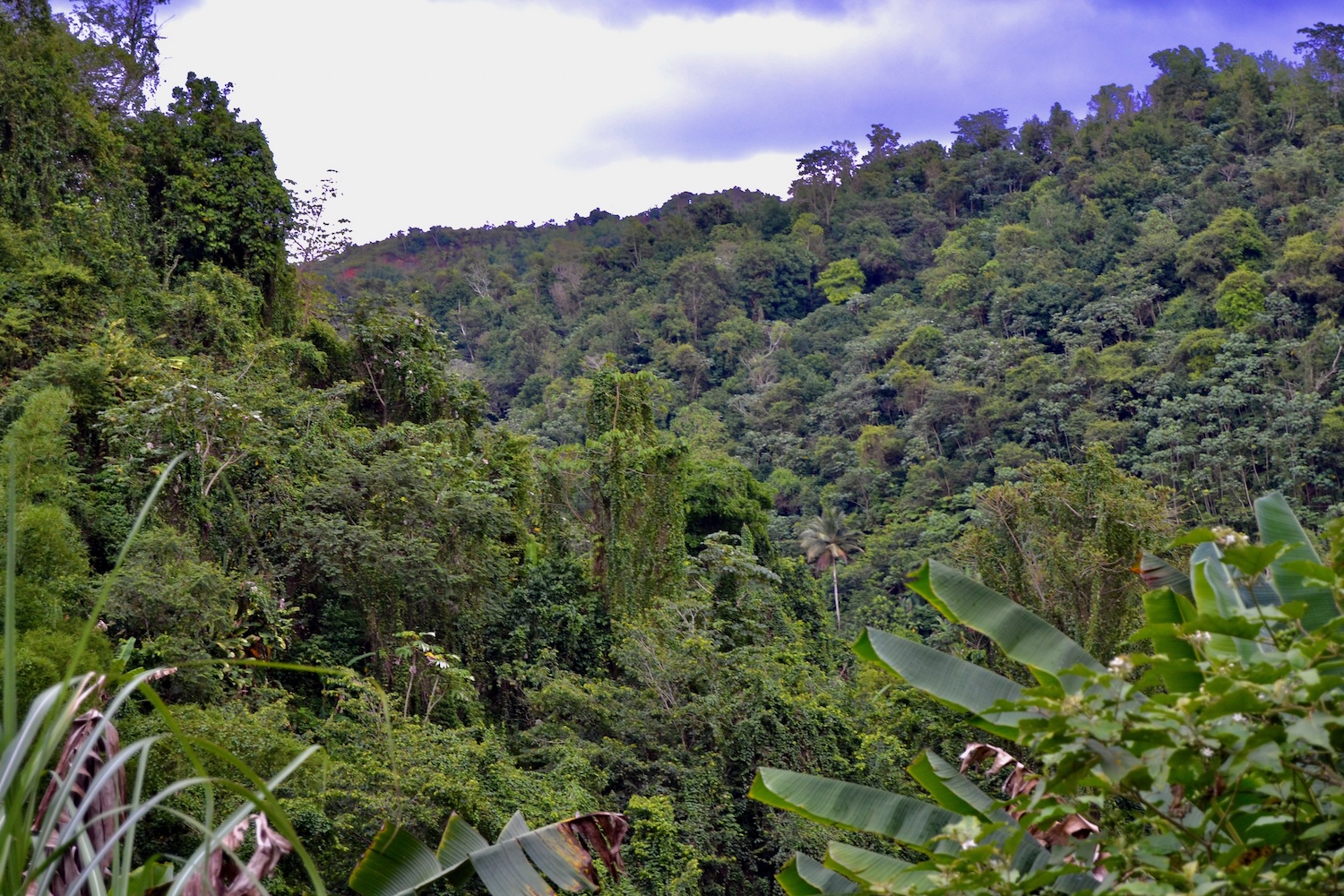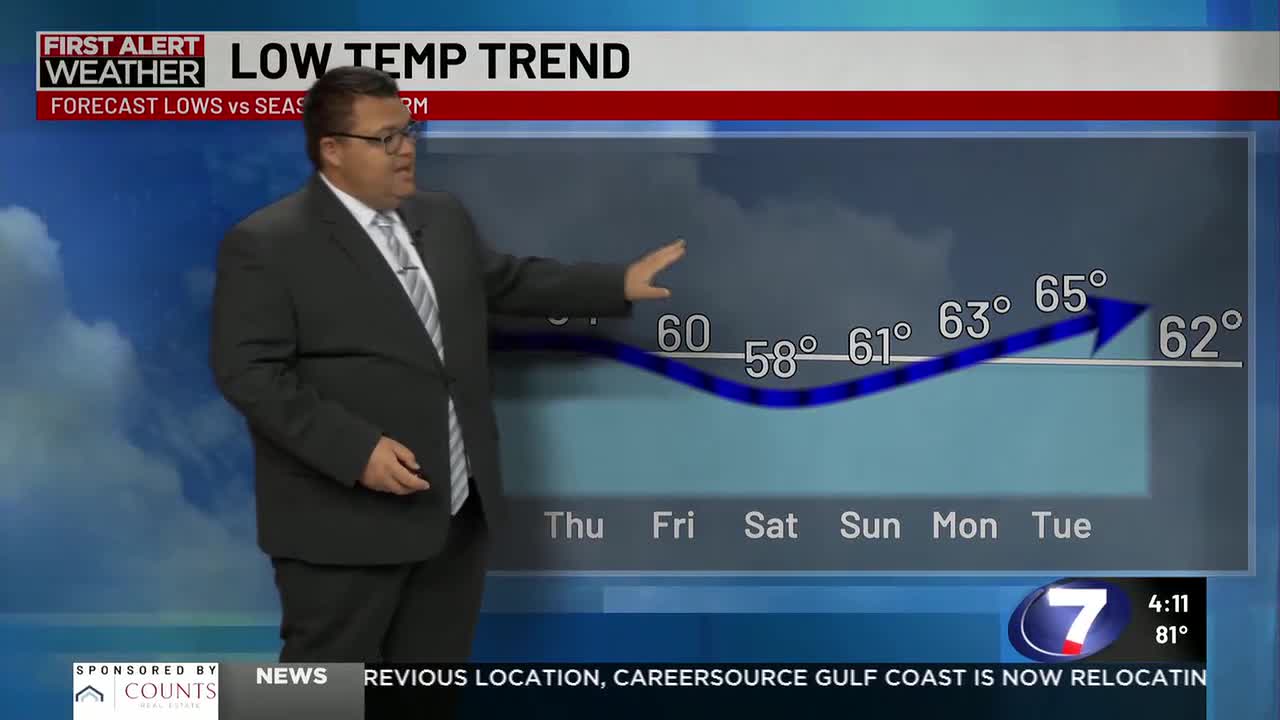The parched planet paradox: How drought and sea level rise feed on each other – NBC News

Report on Continental Drying and its Impact on Sustainable Development Goals
Executive Summary
A recent study published in Science Advances indicates that a phenomenon termed “continental drying” has become the leading contributor to global sea-level rise, surpassing the impact of melting ice sheets. This trend, driven by groundwater overpumping, intensified droughts, and climate change-induced evaporation, poses a significant threat to the achievement of multiple Sustainable Development Goals (SDGs). The reduction in terrestrial freshwater availability has critical implications for water security, food production, and the stability of coastal communities worldwide.
Key Findings of the Research
- Primary Driver of Sea-Level Rise: The transfer of water from continents to oceans due to drying is now the largest single factor in rising sea levels.
- Disruption of Water Cycle: Climate change and human activities are severely disrupting the Earth’s natural water cycle, altering the circulation of moisture between land, oceans, and the atmosphere.
- Expansion of Arid Regions: Since 2014, drought-ridden areas have expanded annually by a size equivalent to twice that of California, forming interconnected “mega-drying” regions.
- Global Impact: With the exception of Greenland and Antarctica, every major landmass has experienced unprecedented drying since 2002.
Implications for SDG 6: Clean Water and Sanitation
- The drastic decline in available freshwater directly undermines progress toward SDG 6, which aims to ensure access to water and sanitation for all.
- Unsustainable groundwater overpumping depletes vital aquifers, many of which are non-renewable on human timescales, jeopardizing long-term water security.
- The study highlights that 75% of the world’s population lives in countries where freshwater resources are being depleted, indicating a direct and widespread threat to the targets of SDG 6.
Impact on SDG 2: Zero Hunger
- The loss of land-based water severely compromises the ability to grow food, creating a direct challenge to achieving SDG 2.
- As noted by study author Jay Famiglietti, continued water depletion will have significant impacts on food security, particularly in the world’s most productive agricultural regions.
- The expansion of mega-droughts into agricultural heartlands threatens crop yields and food supply chains, which are fundamental to ending hunger.
Connection to Climate Action (SDG 13) and Life Below Water (SDG 14)
- The research underscores the urgency of SDG 13 (Climate Action), identifying climate change as a root cause of the accelerated drying and water cycle disruption.
- The massive transfer of terrestrial water to the oceans contributes directly to sea-level rise, threatening coastal ecosystems and communities, which is a core concern of SDG 14 (Life Below Water).
- The study’s authors describe the findings as one of the “direst messages on the impact of climate change to date,” linking terrestrial water management directly to oceanic health and global climate stability.
Challenges for SDG 11: Sustainable Cities and Communities
- Rising sea levels threaten the viability of coastal cities and settlements, making them less habitable and resilient, thereby impeding the progress of SDG 11.
- The combination of sea-level rise and extreme weather events places immense pressure on urban infrastructure and can trigger economic crises, challenging the goal of creating safe and sustainable communities.
- The irreversible nature of groundwater depletion and its consequences for sea levels presents a permanent challenge to long-term urban planning and coastal resilience efforts.
Conclusion and Outlook
The study concludes that the widespread drying of continents is a critical global issue with profound ripple effects. The findings serve as a stark warning to resource managers and policymakers about the interconnectedness of water, climate, and human development. Enhanced tracking of terrestrial water storage is presented as an essential tool for improving predictions of drought and flooding, thereby enabling more effective strategies to manage water resources and advance the Sustainable Development Goals.
Analysis of Sustainable Development Goals in the Article
1. Which SDGs are addressed or connected to the issues highlighted in the article?
-
SDG 2: Zero Hunger
The article directly connects the decline in freshwater to food production, stating that water loss “could have profound implications for… the ability to grow food” and that if trends continue, “we’ll see impacts on our food security.”
-
SDG 6: Clean Water and Sanitation
This is the central theme of the article. It focuses on the “drastic decline in the amount of available freshwater” due to “overpumping groundwater, worsening droughts and more rapid evaporation.” It highlights that “three quarters of the world’s population lives in countries where freshwater resources are being depleted.”
-
SDG 11: Sustainable Cities and Communities
The article addresses the impact on human settlements, particularly coastal ones. It notes that “rising seas threaten to creep up on coastal regions around the globe, making them less habitable” and mentions the resulting “insurance crisis in coastal cities that are prone to extreme weather events.”
-
SDG 13: Climate Action
The article explicitly identifies climate change as a primary driver of the problem. The findings are described as sending “the direst message on the impact of climate change to date,” linking higher temperatures to evaporation and the disruption of “Earth’s natural water cycle.”
-
SDG 14: Life Below Water
The article establishes a direct link between the loss of terrestrial water and the ocean, stating that “continental drying” has surpassed melting ice sheets as the “biggest contributor to global sea level rise.” This directly impacts marine and coastal ecosystems.
2. What specific targets under those SDGs can be identified based on the article’s content?
-
Target 2.4: By 2030, ensure sustainable food production systems and implement resilient agricultural practices that increase productivity and production, that help maintain ecosystems, that strengthen capacity for adaptation to climate change, extreme weather, drought, flooding and other disasters and that progressively improve land and soil quality.
The article’s warning about impacts on “food security” and the “ability to grow food in some of the world’s richest agricultural regions” due to water scarcity directly relates to the sustainability and resilience of food production systems.
-
Target 6.4: By 2030, substantially increase water-use efficiency across all sectors and ensure sustainable withdrawals and supply of freshwater to address water scarcity and substantially reduce the number of people suffering from water scarcity.
The issues of “overpumping groundwater” and “freshwater resources are being depleted” are central to this target. The article’s focus on the “drastic decline in the amount of available freshwater” underscores the challenge of ensuring sustainable withdrawals and addressing water scarcity.
-
Target 6.6: By 2020, protect and restore water-related ecosystems, including mountains, forests, wetlands, rivers, aquifers and lakes.
The study’s assessment of “changes in terrestrial water sources, such as lakes, underground aquifers and moisture in soil” and the finding of “unprecedented drying” directly concern the health and extent of these water-related ecosystems.
-
Target 11.5: By 2030, significantly reduce the number of deaths and the number of people affected and substantially decrease the direct economic losses relative to global gross domestic product caused by disasters, including water-related disasters, with a focus on protecting the poor and people in vulnerable situations.
The article points to increased risks for coastal communities from “rising seas,” “extreme storms and floods,” which are water-related disasters that threaten to make regions “less habitable” and cause economic disruption, as seen in the “insurance crisis.”
-
Target 13.1: Strengthen resilience and adaptive capacity to climate-related hazards and natural disasters in all countries.
The article describes climate-related hazards such as “worsening droughts,” “mega-drying regions,” and accelerated “sea level rise.” The discussion of these intensifying threats highlights the urgent need to strengthen resilience and adaptive capacity.
3. Are there any indicators mentioned or implied in the article that can be used to measure progress towards the identified targets?
- Change in the extent of water-related ecosystems (Indicator 6.6.1): The article explicitly mentions that the study “assessed changes in terrestrial water sources, such as lakes, underground aquifers and moisture in soil, over the past two decades.” This is a direct measurement of this indicator.
- Level of water stress (Indicator 6.4.2): This is strongly implied. The article’s discussion of “overpumping groundwater” and the fact that “three quarters of the world’s population lives in countries where freshwater resources are being depleted” are direct components used to calculate water stress.
- Rate of sea level rise: The article explicitly states that “sea level rise is accelerating” and that continental drying is now the “biggest contributor.” This is a key indicator for climate change and its impact on oceans and coastal areas (related to SDG 13 and 14).
- Change in land area affected by drought: The article provides a specific metric for this indicator, stating that “drought-ridden regions increased by an area twice the size of California each year.” This measures the expansion of climate-related hazards (related to SDG 13).
4. Table of SDGs, Targets, and Indicators
| SDGs | Targets | Indicators |
|---|---|---|
| SDG 2: Zero Hunger | 2.4: Ensure sustainable food production systems and implement resilient agricultural practices. | Implied: Threat to the sustainability of agricultural regions due to water scarcity impacting the “ability to grow food.” |
| SDG 6: Clean Water and Sanitation |
6.4: Substantially increase water-use efficiency and ensure sustainable withdrawals to address water scarcity.
6.6: Protect and restore water-related ecosystems, including aquifers and lakes. |
Implied (Indicator 6.4.2): Level of water stress, evidenced by “overpumping groundwater” and depletion of freshwater resources.
Mentioned (Indicator 6.6.1): Change in the extent of water-related ecosystems, measured by satellite data on “lakes, underground aquifers and moisture in soil.” |
| SDG 11: Sustainable Cities and Communities | 11.5: Significantly reduce the number of people affected by disasters, including water-related disasters. | Implied: Increased risk to coastal cities from “rising seas,” “extreme storms and floods.” |
| SDG 13: Climate Action | 13.1: Strengthen resilience and adaptive capacity to climate-related hazards. | Mentioned: Increase in land area affected by drought (“drought-ridden regions increased by an area twice the size of California each year”). |
| SDG 14: Life Below Water | 14.c: Enhance the conservation and sustainable use of oceans and their resources. | Mentioned: Rate of sea level rise, with the article noting that “sea level rise is accelerating” due to continental water loss. |
Source: nbcnews.com

What is Your Reaction?
 Like
0
Like
0
 Dislike
0
Dislike
0
 Love
0
Love
0
 Funny
0
Funny
0
 Angry
0
Angry
0
 Sad
0
Sad
0
 Wow
0
Wow
0









